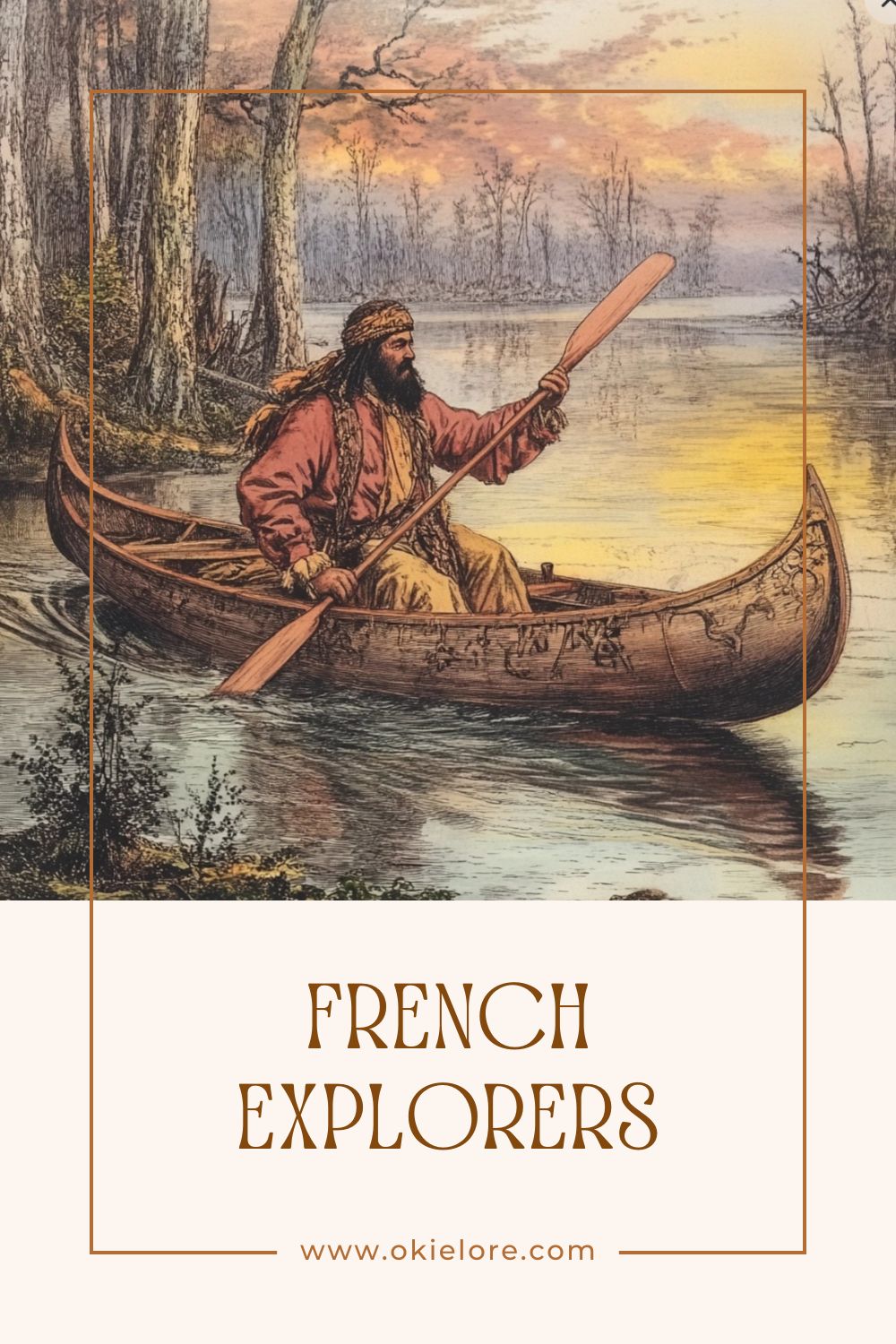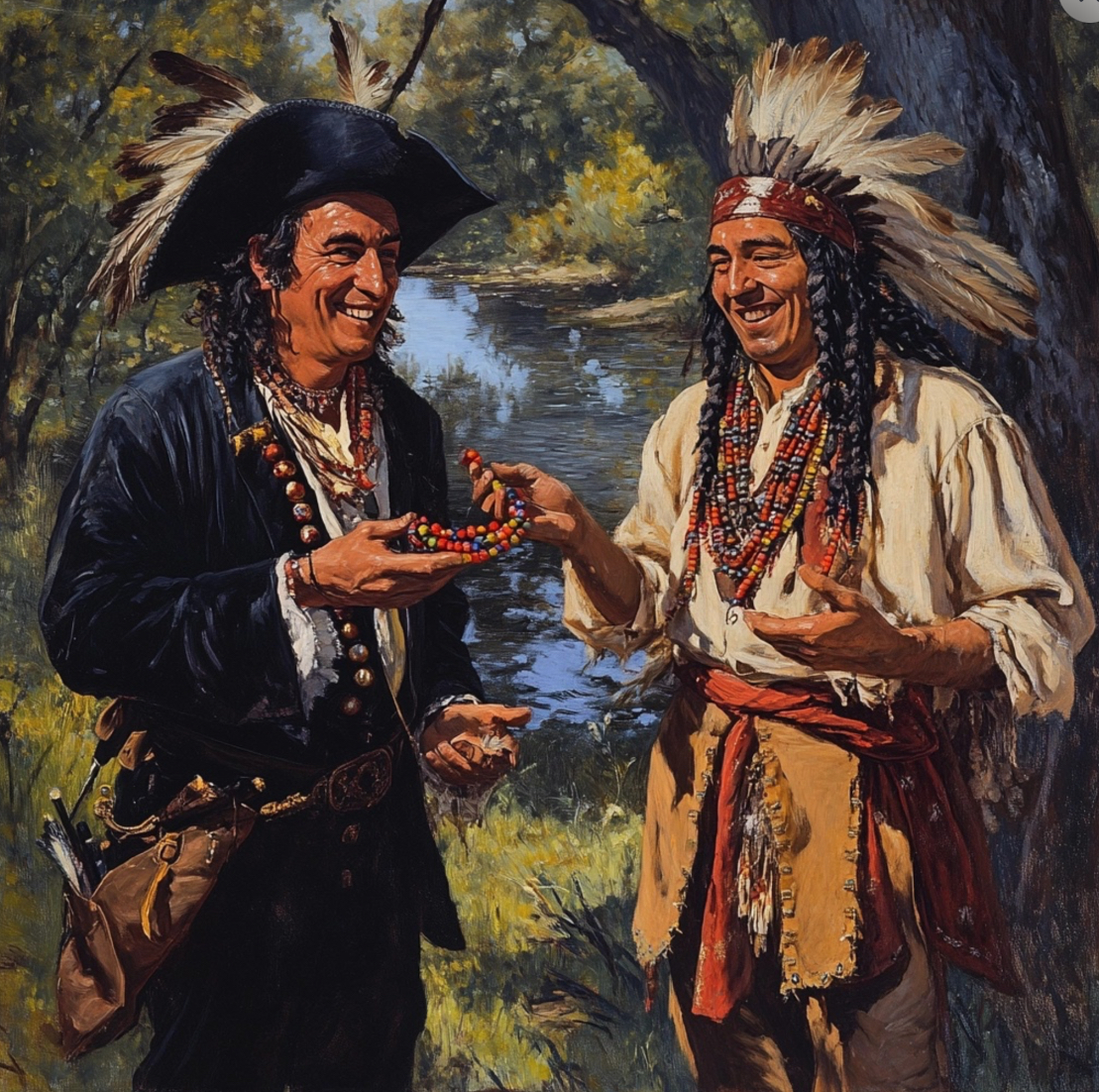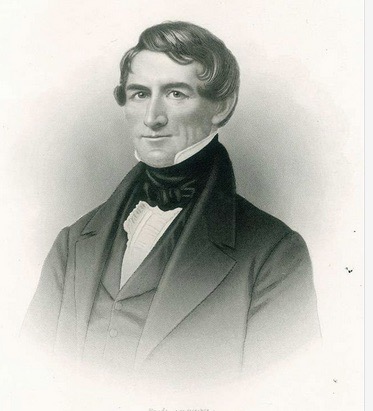French Explorers in America
French explorers in America wound their way down the Mississippi River after the French colonization of North America.

French colonization of North America occurred mainly in Canada. The French used the area around the St. Lawrence River near the Great Lakes as their base before working their way south, down the Mississippi River. Since two important tributaries of that river—the Arkansas River and the Red River—drain into Oklahoma, it makes sense that French explorers would wind up in the Sooner state.
It took courage and a great deal of time for French explorers in America to travel by canoe down the Mississippi to Oklahoma. But scholars are convinced that the French accomplished that task because of the large number of mountains, hills, creeks, and rivers that still bear French names.
French Explorers in America - Bernard de La Harpe

As early as 1714, French explorers reached the southeastern portion of Oklahoma. The first of these intrepid explorers was a Frenchman named Bernard de La Harpe. By 1718, he had established a trading post along the Red River near Texarkana, Texas. Unlike the Spanish explorers who came through Oklahoma two centuries earlier, the French weren’t as interested in conquering the Indians as they were in trading with them.
La Harpe hoped to trade with members of the Caddo tribe who lived in the area, and on August 11, 1718, he left with a group of nine men, including three Caddo guides and 22 horses carrying items he hoped to trade with the Indians. It’s likely he reached Idabel, Oklahoma, and then crossed the Ouachita Mountains. Eventually, he reached what is now Tulsa, Oklahoma, where more than 6,000 members of different Wichita tribes lived and traded. They likely lived together so they could ward off attacks from the Osage and Apache, who would raid their village and take off captives to use as slaves.
When La Harpe left for home, the two Indians traveling with him were killed by Apaches. La Harpe got lost in the mountains and had to eat his horses.
The French Fur Trade in Oklahoma

The French fur trade in Oklahoma has always been important, and it started with the French explorers in America, who included the fur trappers and traders who found their ventures along the Mississippi River and into southeastern Oklahoma profitable.
While Spanish explorers came into the Western portion of Oklahoma and the Oklahoma panhandle using horses and pack mules, French explorers traveled along the rivers, especially the Mississippi River. Fur trappers and traders traveled the same, often spending hours each day kneeling in a canoe as they either paddled their way along or pulled their boat using rope strung along the banks of the river.
In addition to trapping animals for their furs, these French explorers brought with them trinkets such as knives and beads that they traded with the Indians in exchange for furs such as otter and mink.
Eventually, trading posts were set up where Indians from the surrounding areas could come and trade their furs for these trinkets. Many of these posts failed over time, but two brothers had a successful trading business that survived for decades.
The Chouteau Brothers

Pierre and Auguste Chouteau were the sons of Jean Pierre Chouteau, who settled in St. Louis, Missouri, and was a member of the French elite there. Both brothers were in the fur trading business, working with the Osage Indians.
Following the French and Indian War, the French ceded the Louisiana Province to Spain, hoping to keep it from the British. While the Spaniards were in control of the government, the people there continued to speak French and dreamed of the day when the area would once again belong to the French.
It was during this time, in 1795, that a Creole Spaniard named Manuel Lisa talked the Spanish governor into giving him the exclusive right to trade with all of the Indians in Missouri. The governor granted Lisa’s request, and the Chouteaus’ business seemed suddenly at an end.
Pierre Chouteau’s Devious Plan
The Chouteau brothers knew better than to challenge the Spanish governor, yet they were loath to give up their lucrative trading business, so Pierre Chouteau came up with a devious plan. He visited all of the Osage villages in the area and persuaded them to move west out of Missouri and into what would later become the state of Oklahoma.
Once Chouteau persuaded the Osage people to relocate close to the Neosho and Verdigris Rivers in what is now Oklahoma, he established a new trading post near the newly relocated villages and continued business as usual.
Chouteau chose an area close to a large saline spring, where he could harvest salt, a commodity hard to come by in a landlocked area. The place was later called Salina, Oklahoma.
The Impact of French Explorers in America
We Americans tend to focus on the British and their impact on American history, but the French also had a powerful impact not only on North America, but also on Oklahoma. Because many French trappers married women from different tribes, many Oklahomans of Native American descent also have French ancestors as well.
With their strength, reliance and courage, the French enriched themselves from their travels in the United States and Oklahoma, but they also enriched us as well.
Watch the video to learn more:
